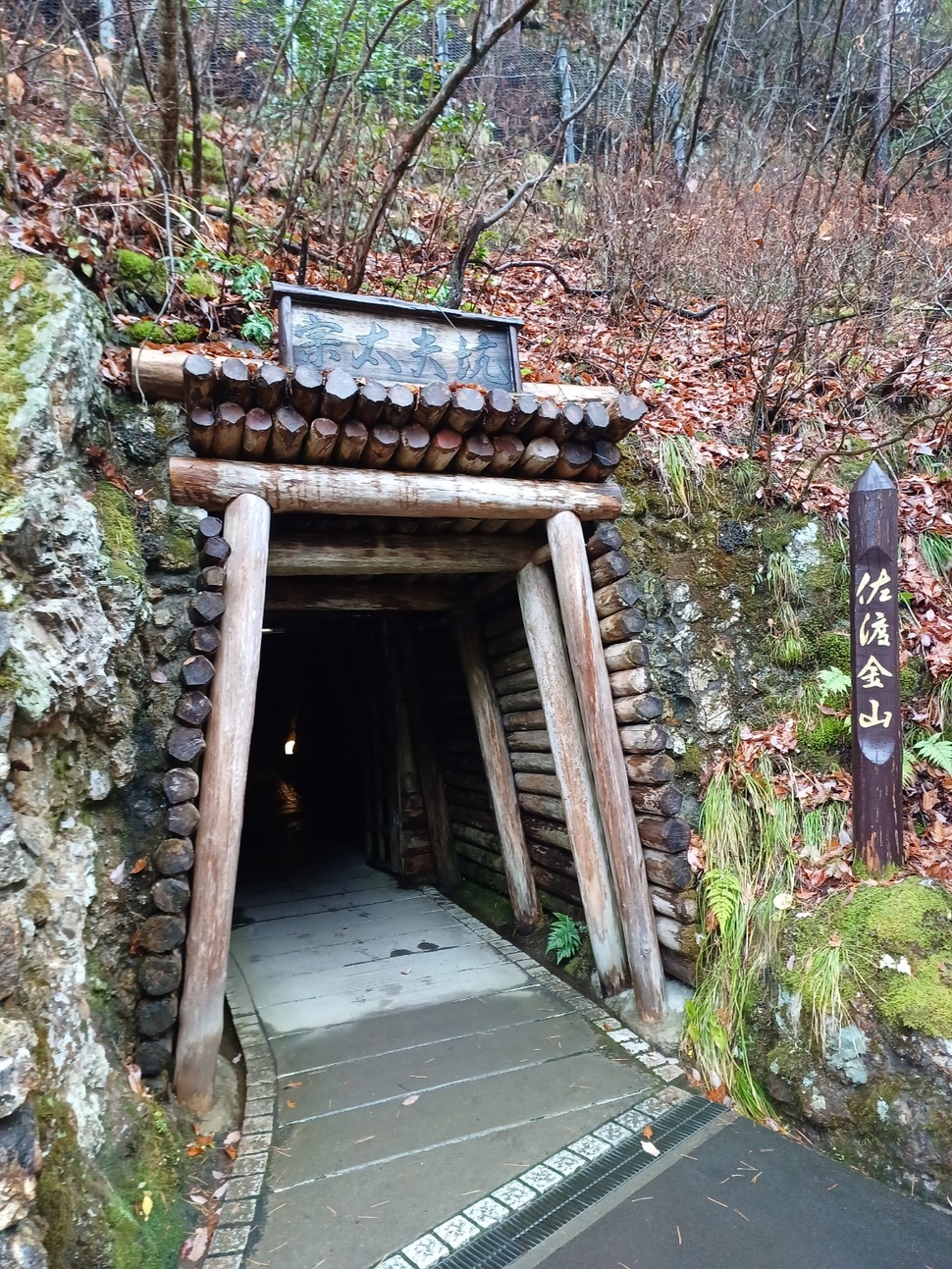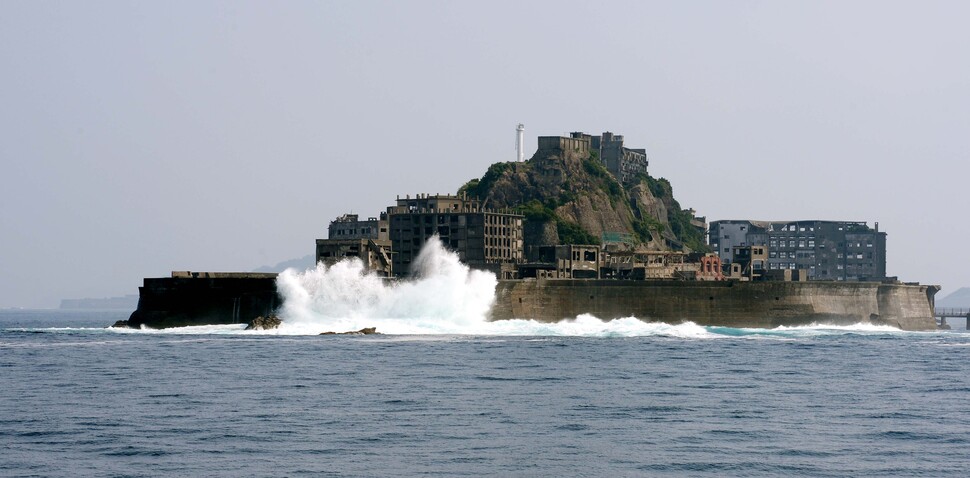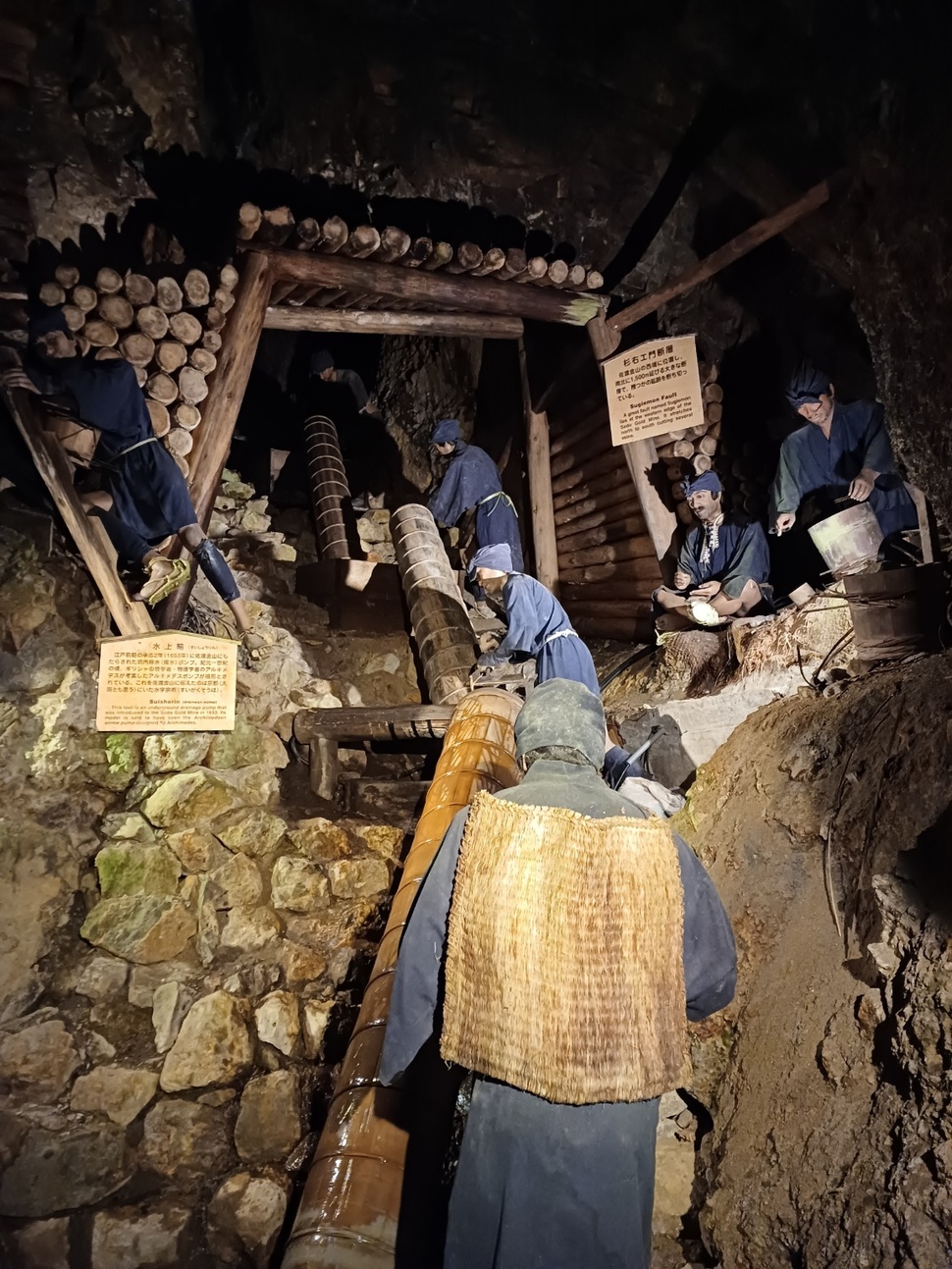[Dec] Promises for Hashima Island should be kept before UNESCO accepts Japan’s Sado Mines
Date Dec 23, 2022
 The entrance to Sodayu Tunnel at a mine on Sado Island in Niigata Prefecture, Japan (Courtesy of Northeast Asian History Foundation, Nam Sang-gu)
The entrance to Sodayu Tunnel at a mine on Sado Island in Niigata Prefecture, Japan (Courtesy of Northeast Asian History Foundation, Nam Sang-gu)
Japan’s attempt to list its Sado Mines – a collection of mostly gold mines on an island off the coast of Niigata Prefecture – as a UNESCO World Heritage site is causing concern. Korea and other Asian nations whose citizens were subjected to forced labor there during World War II fear history will be distorted.
The earlier listing of Hashima Island is what is giving them pause. Despite protests from Korea and other Asian nations, UNESCO agreed to list the ocean colliery there as part of the sites honoring Japan’s Meiji period. Japan promised to address the whitewashing of the forced mobilization of miners during wartime, but – seven years later – promotional material still skips over the issue.
The mine on Hashima, better known as “Battleship Island,” is one of 23 sites that Japan has chosen to represent its Meiji Industrial Revolution. Korea believes up to 800 Koreans were forced to work there with 122 of them dying on the island between 1943 and 1945. When Korea and other Asian countries protested the exclusion of this part of the mine’s history, Japan promised in 2015 to devise a way to include this element into the related educational material.
UNESCO’s World Heritage Committee expressed “strong regret” in July 2021 over Japan’s failure to provide sufficient information about the forced labor. The committee also called on Tokyo to submit a report by December 1, 2022, to show how it will address the issue.
The WHC disclosed that report on December 13: Tokyo reiterated its earlier stance – labor mobilization back at the time was applied to Japanese and Koreans alike because Koreans were regarded as Japanese citizens during the period of colonial rule (1910-1945). Hence, according to Japan, Korean draftees were subject to the same working conditions as their native Japanese counterparts; they received salaries and did not experience slave-like conditions.
 Hashima Island, better known as “Battleship Island,” in Nagasaki, Japan
Hashima Island, better known as “Battleship Island,” in Nagasaki, Japan
With Japan continuing to ignore the testimony and claims of Korean miners, the Korean government is expressing its concern that similar distortions could occur in official descriptions of the complex on Sado. It produced gold from the 1600s until the last mine was shut down in 1989.
People dug a large amount of gold manually from the Sado Mines during the Edo period (1603-1867), and Japan is trying to recognize this rare achievement by registering it on the World Heritage list.
But from 1939, Japan mobilized at least 1,200 Koreans to dig gold and other minerals there to fuel its war machine. To avoid the controversy about whether the non-Japanese laborers were there voluntarily or against their will, Tokyo is attempting to register only mining history during the Edo era – excluding the colonial period – according to Korean historians and government officials.
After Japan resubmitted its nomination of the Sado Mines to UNESCO in September, an official from Korea’s Ministry of Foreign Affairs told reporters, “We keep emphasizing that Japan – if it wants to register the Sado Mines – should first fulfill the earlier pledge it made when listing Hashima Island in 2015.”
 A diorama with figures inside one of the Sado Mines in Niigata Prefecture, Japan (Courtesy of Northeast Asian History Foundation, Nam Sang-gu)
A diorama with figures inside one of the Sado Mines in Niigata Prefecture, Japan (Courtesy of Northeast Asian History Foundation, Nam Sang-gu)
The Korean side has been clear: It is not completely opposed to the listing of the Sado Mines’ gold digging operations; it is merely calling for both the positive and negative aspects of those operations to be included in descriptions.
Nam Sang-gu, director-general of the Northeast Asian History Foundation, said Japan’s attempt to inscribe only the Edo era feat, to avoid the colonial-era forced labor controversy, would diminish the mine’s value.
“The remaining facilities there, which Japan claims to be Asia’s largest, were modern ones, while the Edo period facilities disappeared long ago. If only the Edo era’s achievement is registered on the UNESCO list, those large facilities would be excluded,” Nam said in an interview with Korea Here & Now. “By limiting coverage to the Edo era to avoid the forced labor issue, Japan can’t show the entirety of the mine – its true value as heritage.”
Nam says Japan’s stance that Koreans were “drafted” imperial citizens and not “forcibly mobilized” doesn’t seem to be finding many supporters in the international community.
“The World Heritage Committee did not accept Tokyo’s claim and thus requested it to keep its 2015 promise and come up with measures for a full understanding of the history,” Nam said. “I think it’s not ‘Japan vs. Korea’ but ‘Japan vs. the world.’”

The Ministry of Culture, Sports and Tourism's "Korea Here & Now" work can be used under the condition of "Public Nuri Type 1 (Source Indication)."




